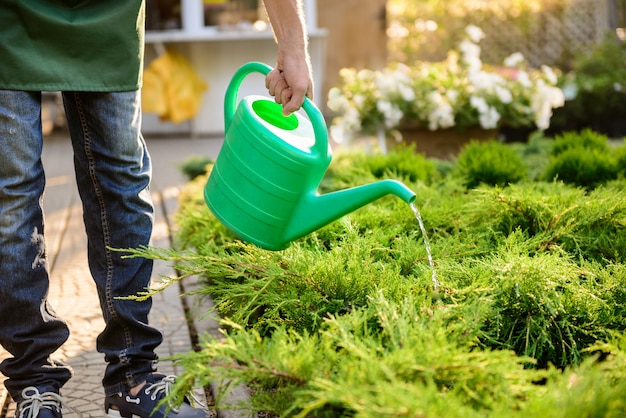As nature bursts into full bloom in May, our gardens demand increasing attention. This is one of the busiest months for gardeners, as it’s now that we determine how well our plants will handle the summer heat. The following updated and expanded guide will help you navigate the most important tasks.
Lawn: Mow Smartly
During the peak of spring, grass grows almost daily – so mowing once or twice a week is a must. As summer approaches, gradually raise the mowing height to between 2.5–3.5 cm. This helps the lawn become more drought-resistant and less prone to sunburn.
Pro tip: Don’t cut the grass too short – it invites weeds and weakens the root system.
Weed Control and Fertilization – Keep the Balance
May is one of the best times for weed control, especially when the soil is moist and the weather is warm but not yet scorching. Use targeted lawn weed killers that act against broadleaf weeds and also contain nutrients – these help strengthen the grass too.
Important: Never apply weed killers in perennial or annual flower beds – even selective formulas can harm ornamental plants.
Chemical-free tip: Plant combinations that offer natural protection:
Garlic, horseradish, horsetail – protect against slugs and fungal diseases
Celery – deters caterpillars
Mint, chives – effective against ants
Watering Strategy for Unpredictable May
Early morning or late evening watering is most efficient, as evaporation is minimal at these times. But keep in mind the frequent May rains – too much moisture can promote fungal diseases.
At particular risk: Roses and other lush foliage plants. Use preventive biological fungicides (e.g., orange oil, baking soda solution) or improve air circulation by pruning.
Spring Bulbs Retreat, Summer Colors Arrive
After tulips and daffodils bloom, remove the flower stalks but leave the leaves intact – they channel energy back into the bulb. To preserve them long-term, dig them up, dry them, and store them in a cool, dark place between wood shavings or straw.
Summer bulbs to plant now:
Gladiolus
Dahlia
Canna
Freesia
Amaryllis (in pots)
Vegetable Garden: Thinning Seedlings, Transplanting
Early-sown carrots, spinach, and parsley have sprouted – it’s time to thin them! Remove only the weaker plants so the remaining ones get enough space and nutrients.
Tomato seedlings: Early May is the perfect time to transplant. Plant them deep so part of the stem is buried – it will develop roots, making the plant stronger and more stable.
Pro tip: Stagger your plantings to harvest tomatoes all summer – even those planted in early August can bear fruit.
Herbs: Your Garden Apothecary Awakens
In May, you can sow the following directly outdoors:
Garden cress
Summer savory
Chervil
Time to transplant (after mid-May):
Basil
Marjoram
Lemon balm
Thyme
Sage
Lavender
These herbs love sunlight but need protection from the wind. Mulching their base helps retain moisture.
One More Tip: Start Composting Actively!
By May, plenty of green waste accumulates from mowing, weeding, and trimming – perfect for composting. Combine with brown materials (e.g., straw, dry leaves) and turn the pile weekly to maintain optimal decomposition.
Summary
May is the soul of the garden: what we sow, nurture, and strengthen now will determine our summer success. With a few mindful steps, you can create not only a stunning but also a healthy and productive garden. Whether you’re a beginner or a seasoned gardener, now’s the perfect time to dive into one of the most beautiful and rewarding months of the year!








